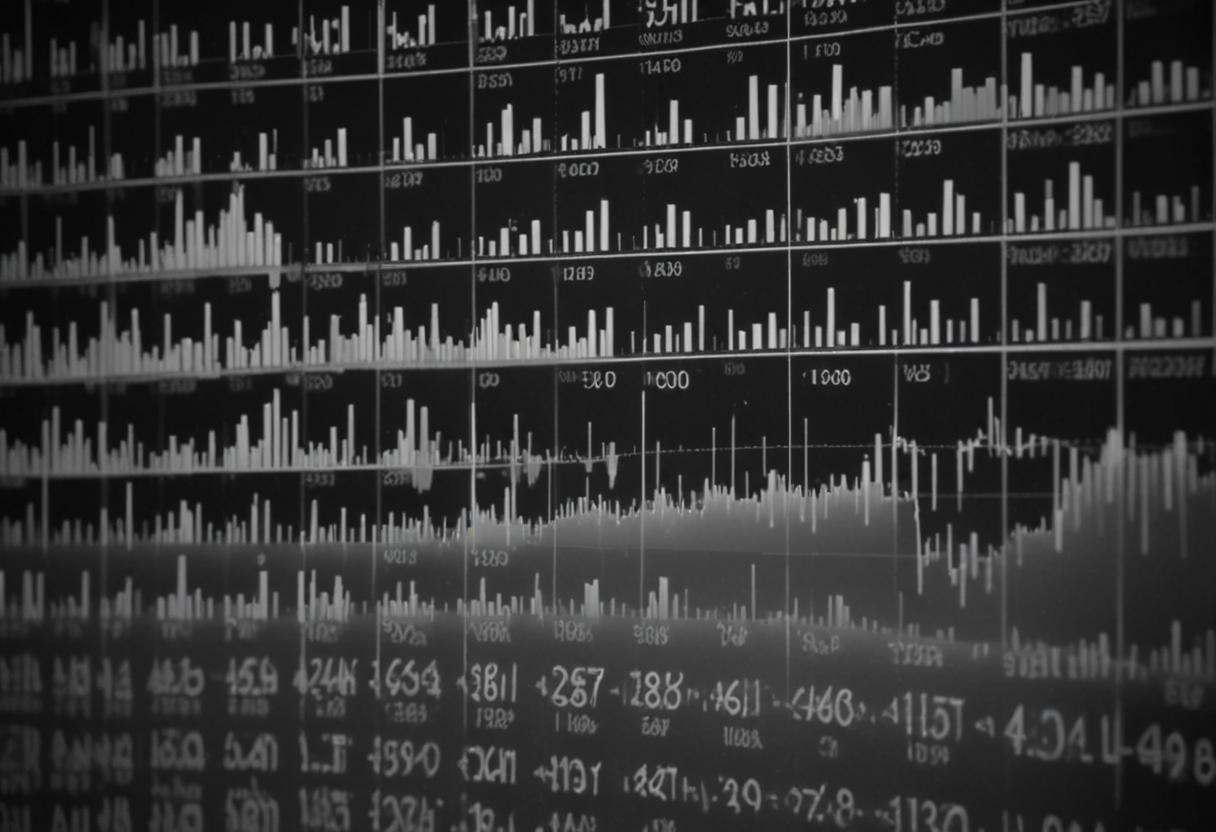The Sharpe Ratio is a critical metric in portfolio management, used to evaluate the risk-adjusted return of an investment or portfolio. Developed by Nobel laureate William F. Sharpe in 1966, the ratio helps investors understand how much excess return they are receiving for the extra volatility they endure by holding a riskier asset. This article delves into the fundamentals of the Sharpe Ratio, its calculation, interpretation, and its application in portfolio management.
What is the Sharpe Ratio?
The Sharpe Ratio measures the performance of an investment compared to a risk-free asset, after adjusting for its risk. The formula for the Sharpe Ratio is:
\[ \text{Sharpe Ratio} = \frac{R_p – R_f}{\sigma_p} \]
Where:
– \( R_p \) is the expected return of the portfolio.
– \( R_f \) is the risk-free rate of return.
– \( \sigma_p \) is the standard deviation of the portfolio’s excess return.
Components of the Sharpe Ratio
1. Expected Return (R_p) :
– The average return that an investment portfolio is expected to generate over a period.
2. Risk-Free Rate (R_f) :
– The return on an investment that is considered free of risk, typically represented by government bonds (e.g., U.S. Treasury bills).
3. Standard Deviation (σ_p) :
– A measure of the volatility or risk of the portfolio’s return. It indicates how much the returns of the portfolio deviate from the expected return.
Calculation Example
Consider a portfolio with an expected return of 10%, a risk-free rate of 2%, and a standard deviation of 15%.
\[ \text{Sharpe Ratio} = \frac{10\% – 2\%}{15\%} = \frac{8\%}{15\%} \approx 0.53 \]
A Sharpe Ratio of 0.53 indicates that the portfolio’s risk-adjusted return is 0.53 units of excess return per unit of total risk.
Interpretation of the Sharpe Ratio
1. Positive Sharpe Ratio:
– A positive Sharpe Ratio indicates that the investment’s returns exceed the risk-free rate after adjusting for risk. The higher the ratio, the better the risk-adjusted return.
2. Negative Sharpe Ratio :
– A negative Sharpe Ratio suggests that the portfolio’s returns are less than the risk-free rate, indicating poor performance after accounting for risk.
3. Magnitude:
– Generally, a Sharpe Ratio less than 1 is considered suboptimal. Ratios between 1 and 2 are considered good, ratios between 2 and 3 are considered very good, and ratios above 3 are considered excellent.
Application in Portfolio Management
1. Comparing Investments :
– The Sharpe Ratio allows investors to compare the risk-adjusted returns of different investments or portfolios. By standardizing returns against risk, it provides a level playing field for comparison.
2. Performance Evaluation :
– Portfolio managers use the Sharpe Ratio to evaluate the performance of their investment strategies. A higher Sharpe Ratio indicates better risk-adjusted performance.
3. Risk Management :
– The Sharpe Ratio helps in assessing whether the returns generated by a portfolio justify the risk taken. It is an essential tool for risk management, aiding in the identification of efficient portfolios.
4. Optimization :
– In constructing a portfolio, the Sharpe Ratio can guide the allocation of assets to maximize risk-adjusted returns. Modern Portfolio Theory (MPT) utilizes the Sharpe Ratio to find the optimal portfolio mix on the efficient frontier.
Limitations of the Sharpe Ratio
1. Assumption of Normality :
– The Sharpe Ratio assumes that returns are normally distributed, which may not always be the case. Fat tails and skewness in return distributions can distort the ratio.
2. Historical Data :
– The ratio is typically calculated using historical data, which may not accurately predict future performance. Past performance is not always indicative of future results.
3. Risk-Free Rate :
– The choice of the risk-free rate can impact the Sharpe Ratio. Different risk-free rates can yield different ratio values for the same portfolio.
4. Time Period Sensitivity :
– The Sharpe Ratio can vary significantly with the time period used for its calculation. Short-term ratios may not provide a true reflection of long-term performance.
Enhancements to the Sharpe Ratio
To address some of the limitations of the Sharpe Ratio, several variations and enhancements have been developed:
1. Sortino Ratio :
– Similar to the Sharpe Ratio but focuses only on downside risk by using the standard deviation of negative returns. This can provide a better measure of risk for portfolios with asymmetric return distributions.
2. Treynor Ratio :
– Uses beta instead of standard deviation to measure risk, focusing on systematic risk rather than total risk. This is useful for evaluating portfolios in relation to the overall market.
3. Jensen’s Alpha :
– Measures the excess return of a portfolio over the expected return predicted by the Capital Asset Pricing Model (CAPM), considering the portfolio’s beta.
The Sharpe Ratio is a fundamental tool in portfolio management, offering valuable insights into the risk-adjusted performance of investments. By understanding its components, calculation, and interpretation, investors and portfolio managers can make more informed decisions to optimize their portfolios. However, it is crucial to be aware of its limitations and consider complementary metrics to gain a comprehensive view of an investment’s performance. When used effectively, the Sharpe Ratio can significantly enhance the process of portfolio construction, performance evaluation, and risk management.







